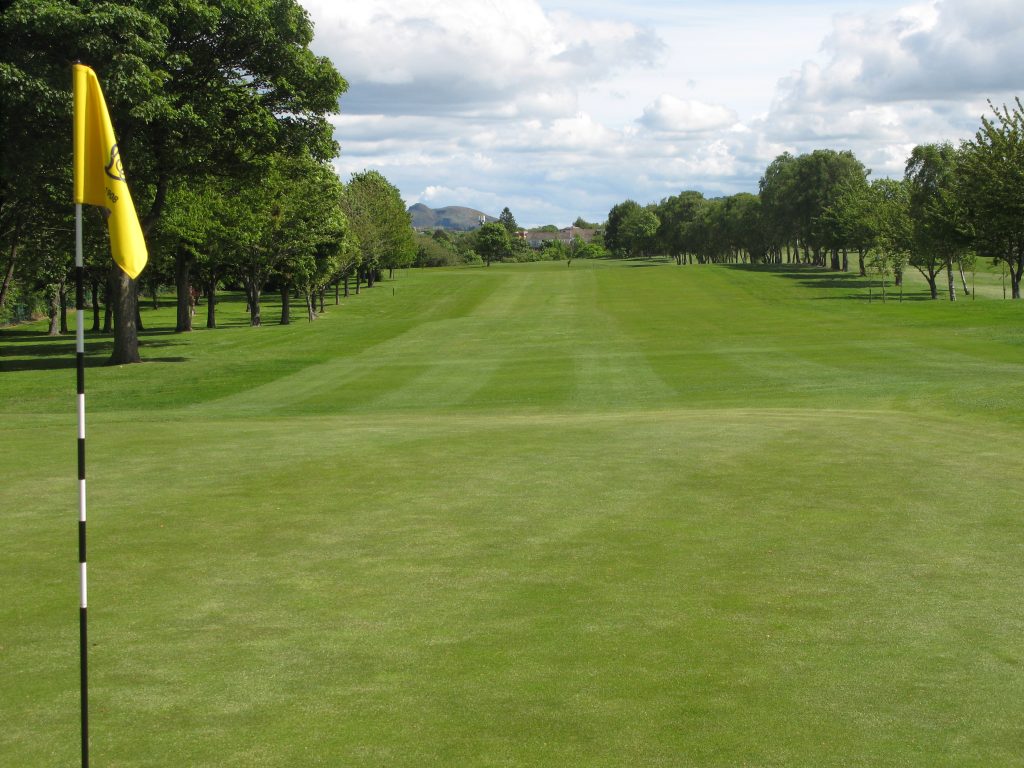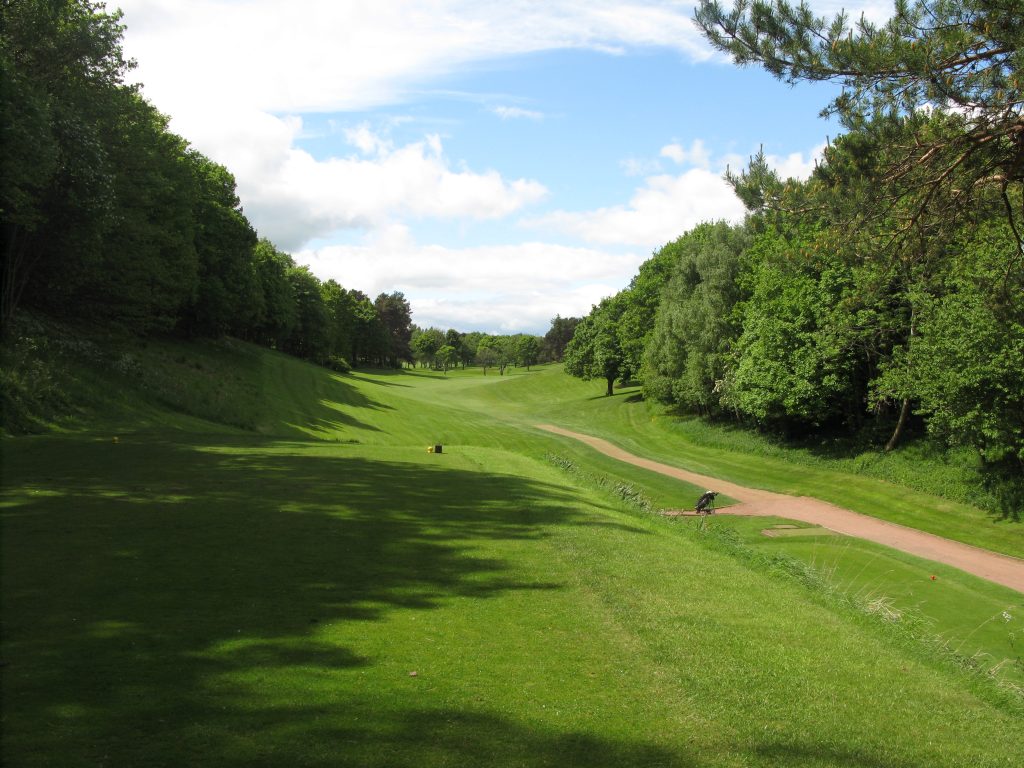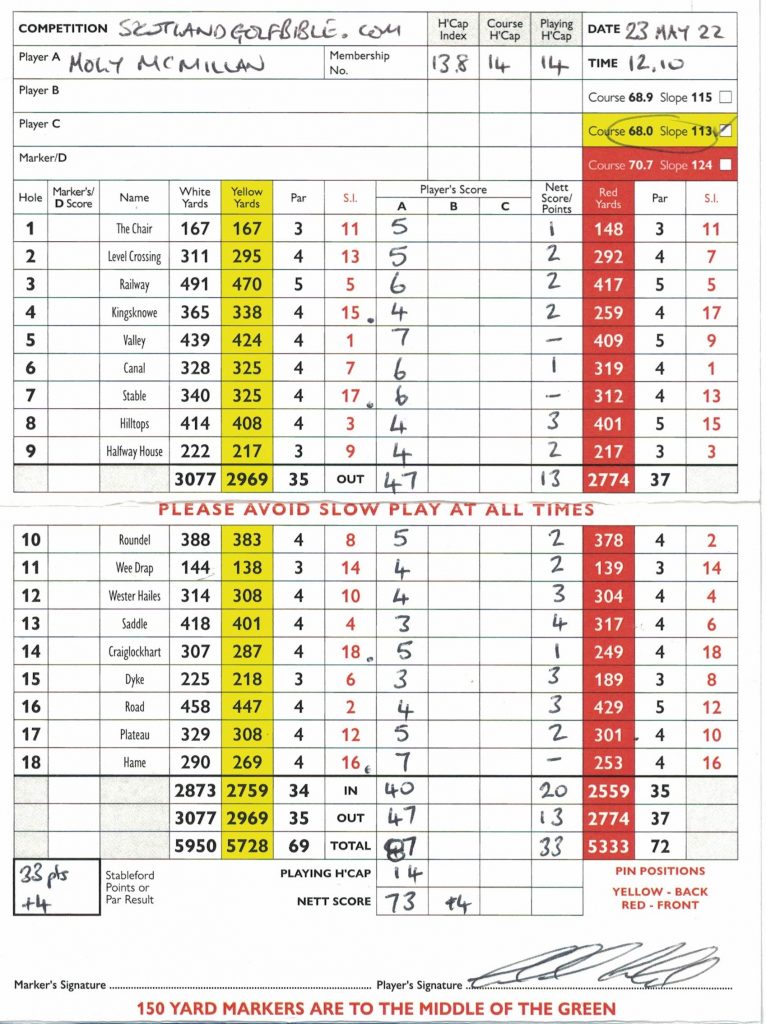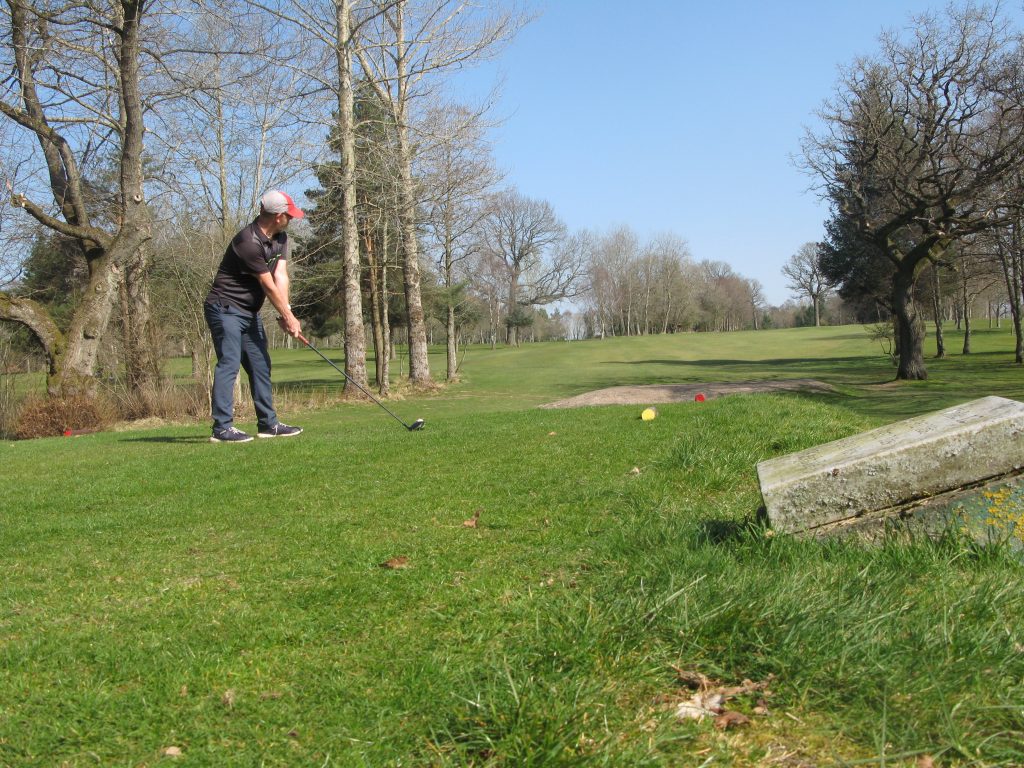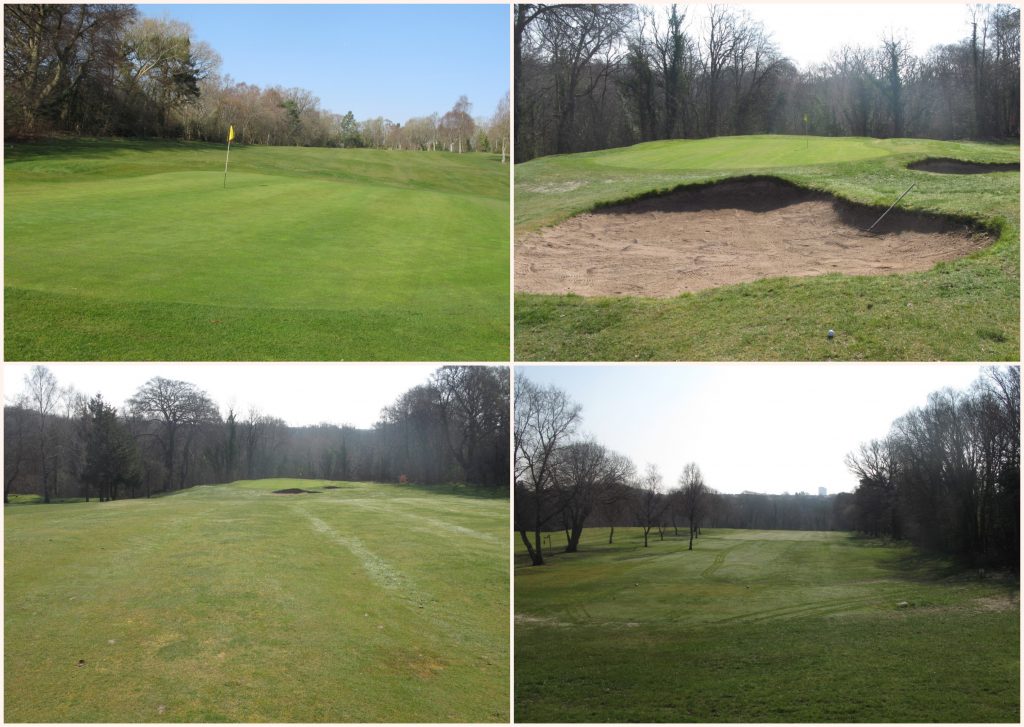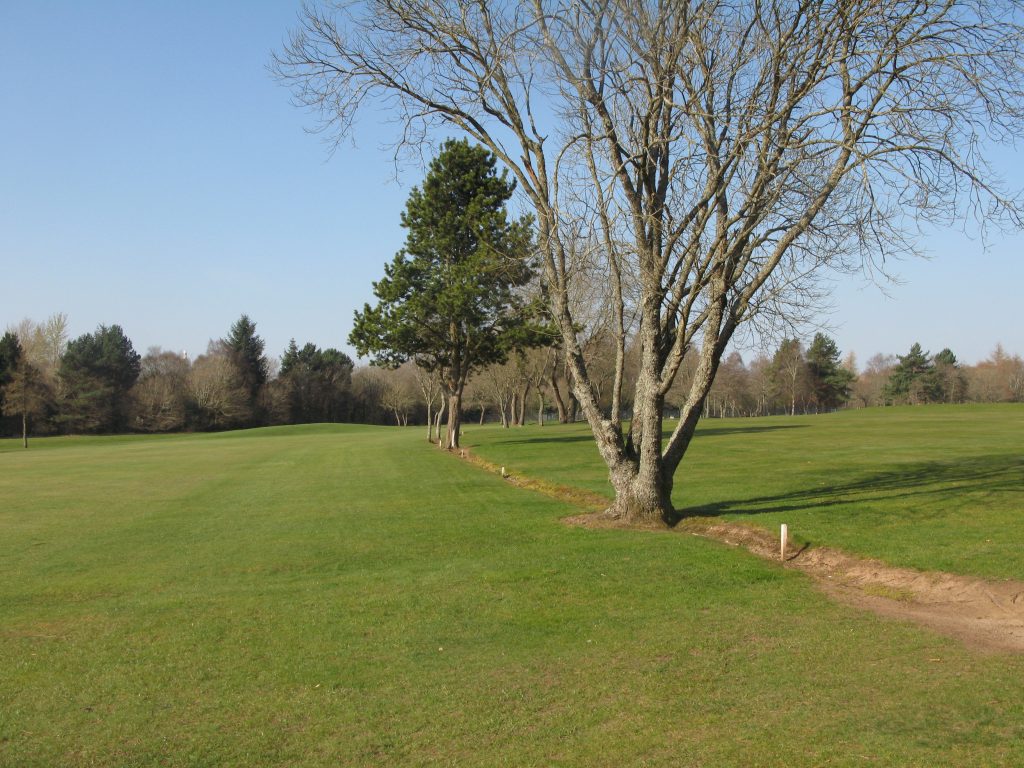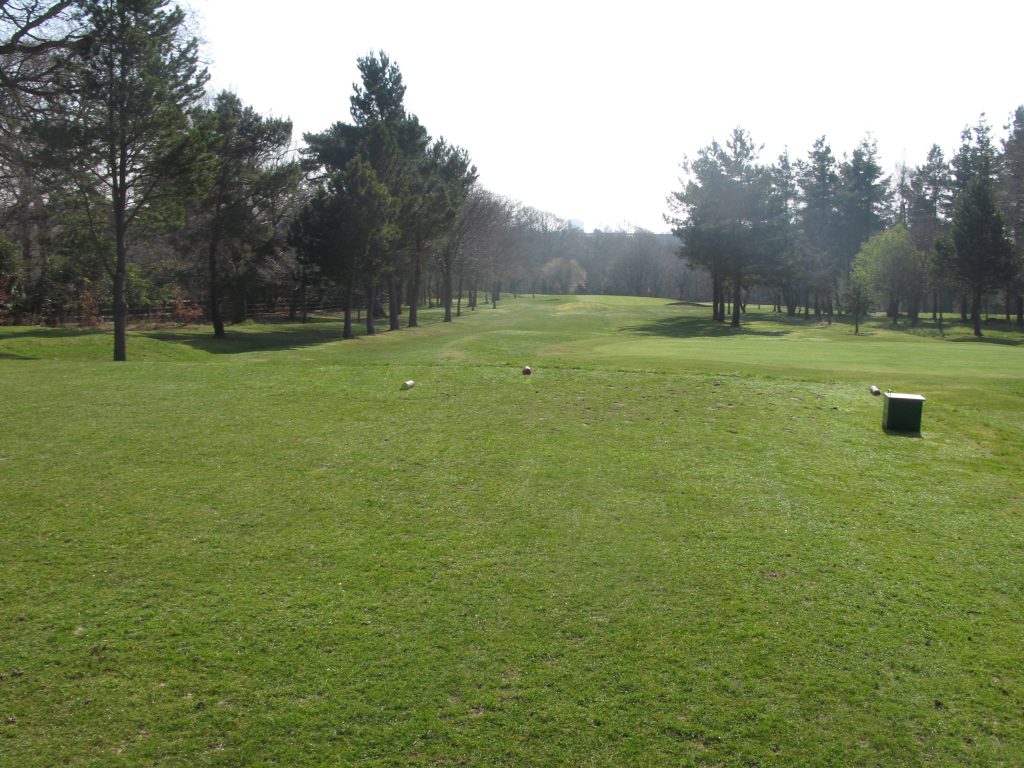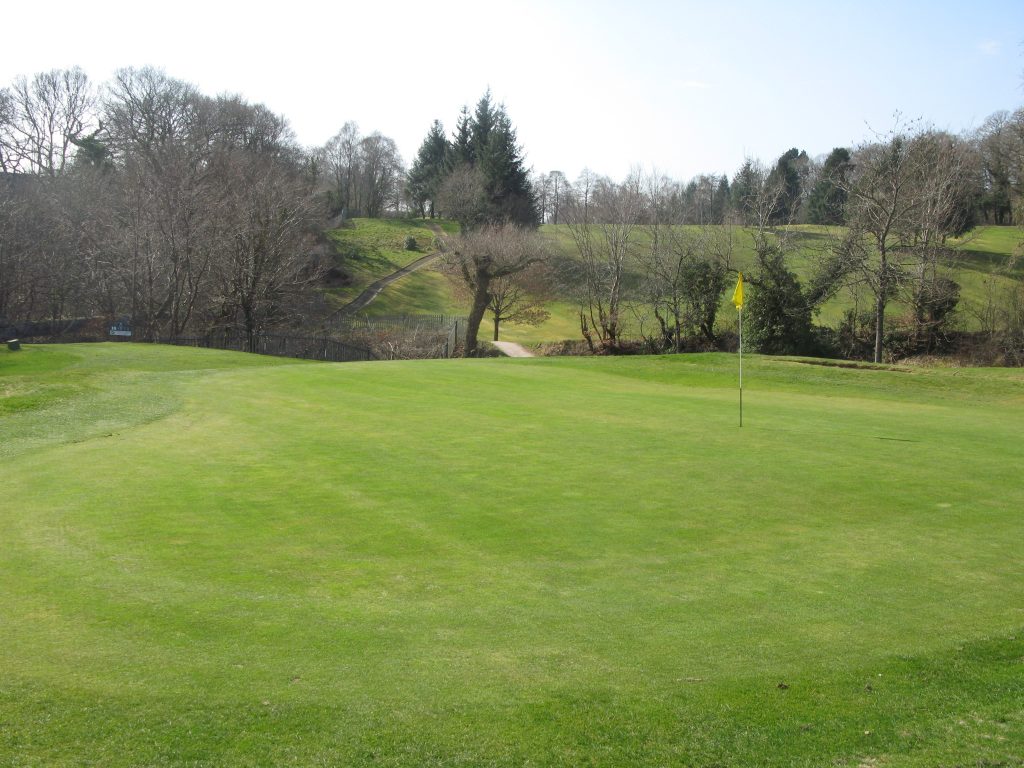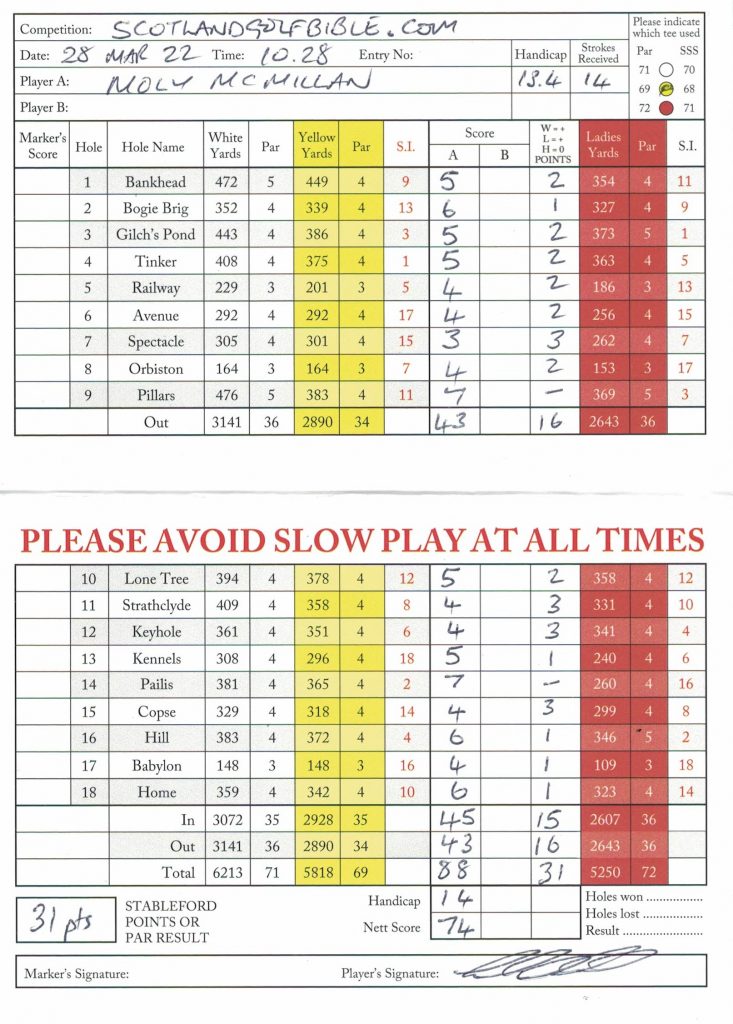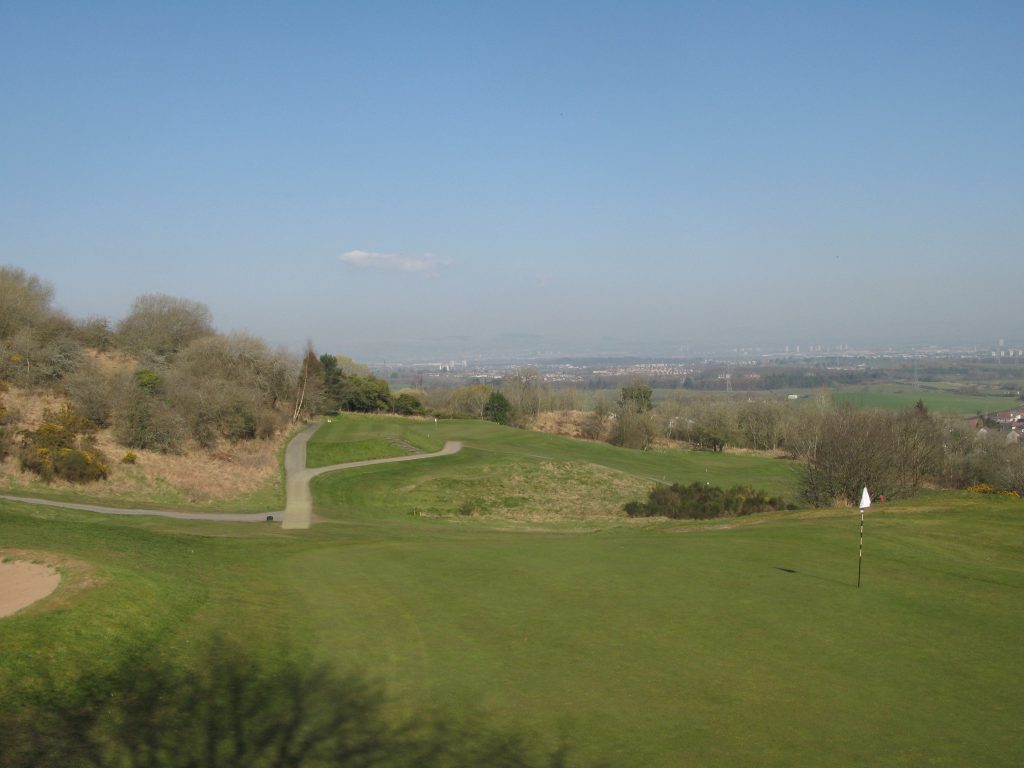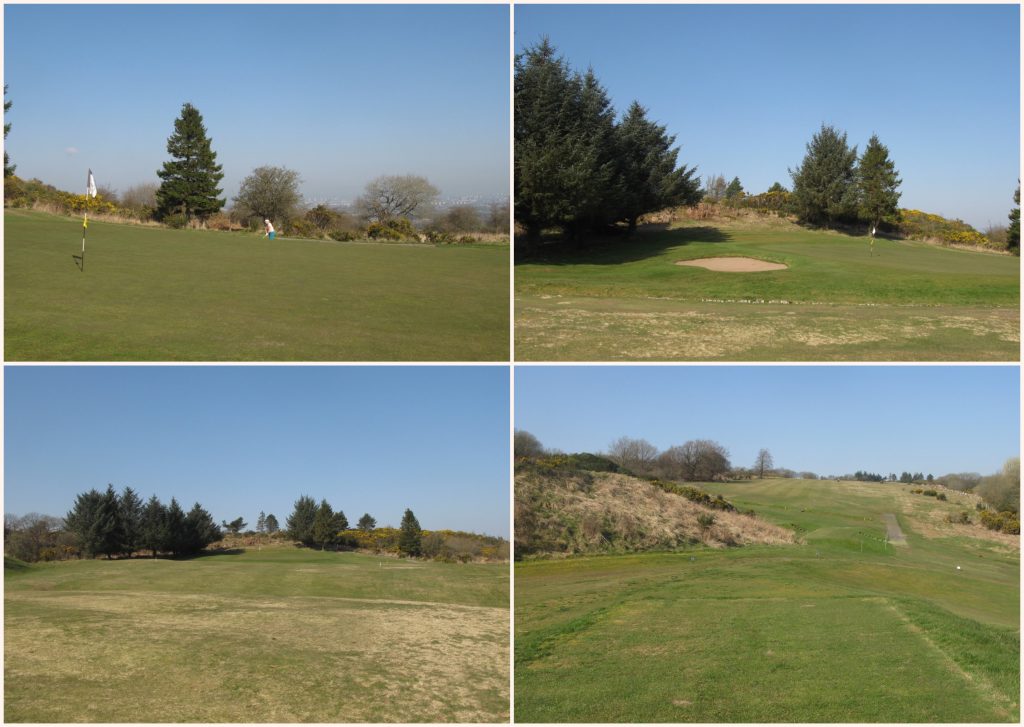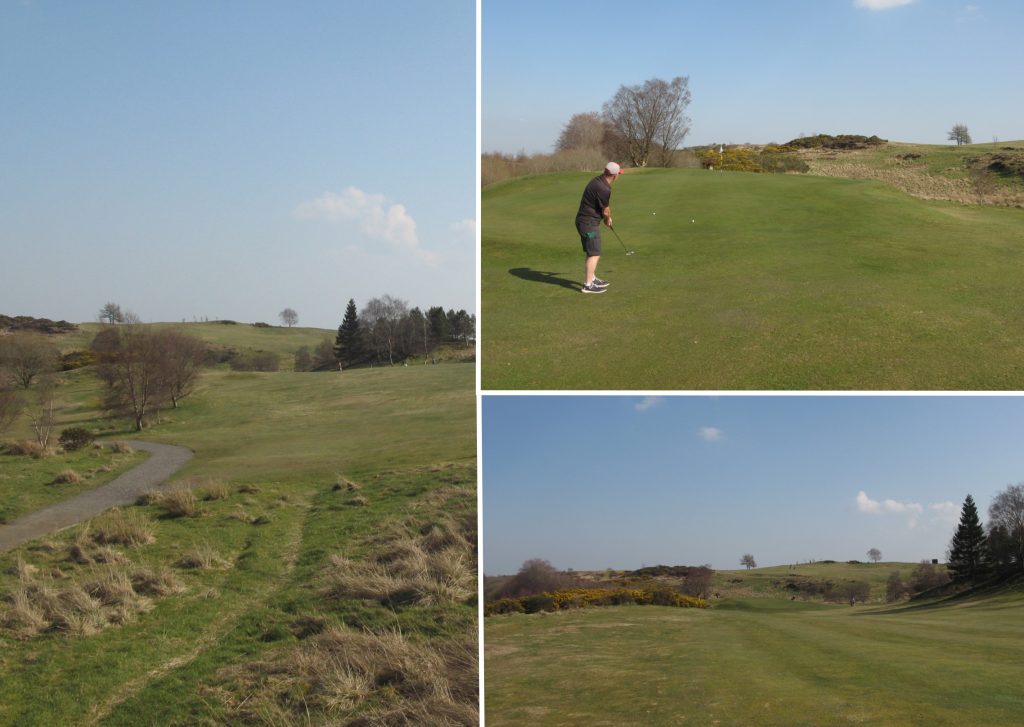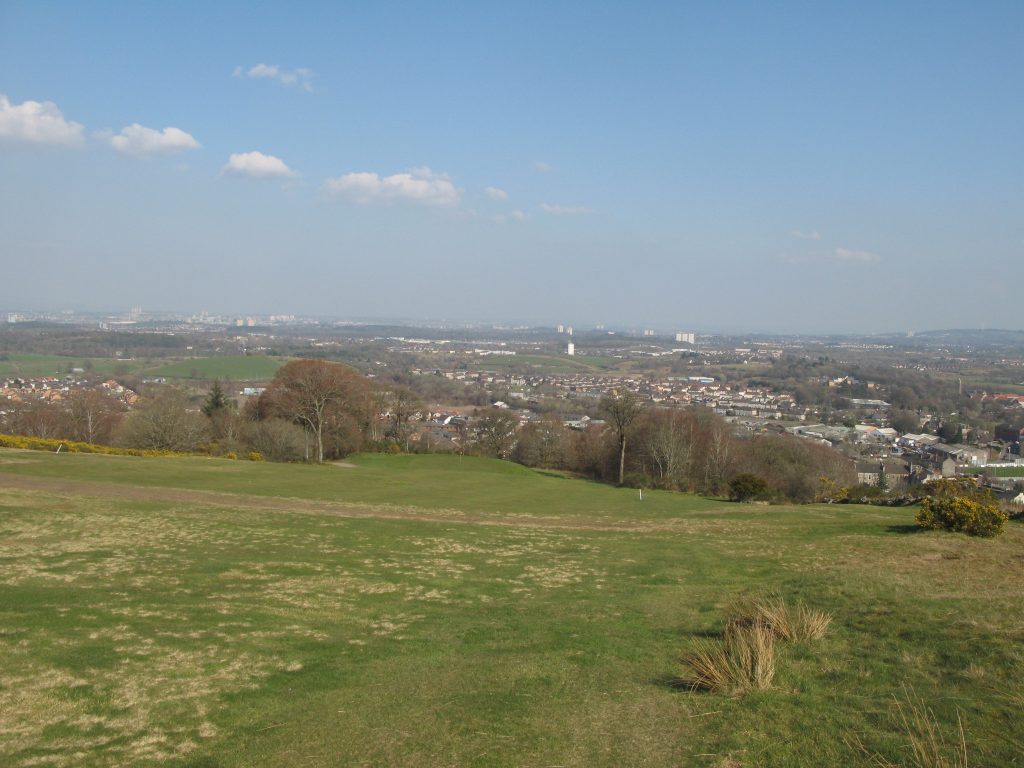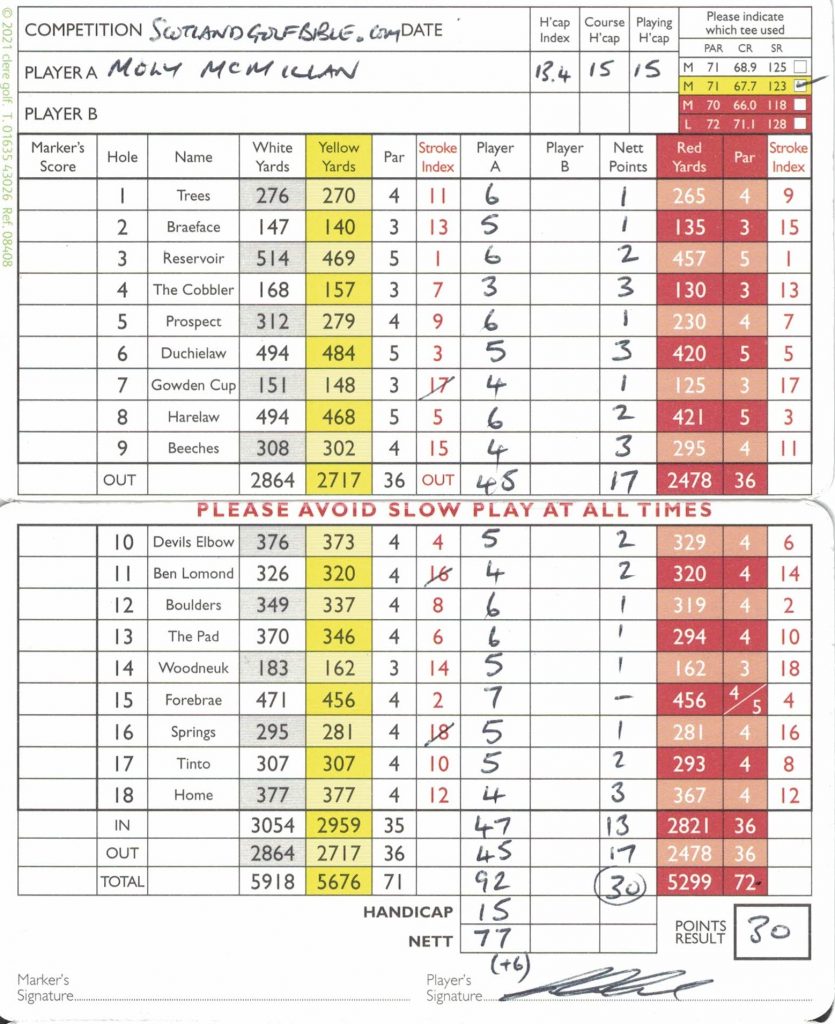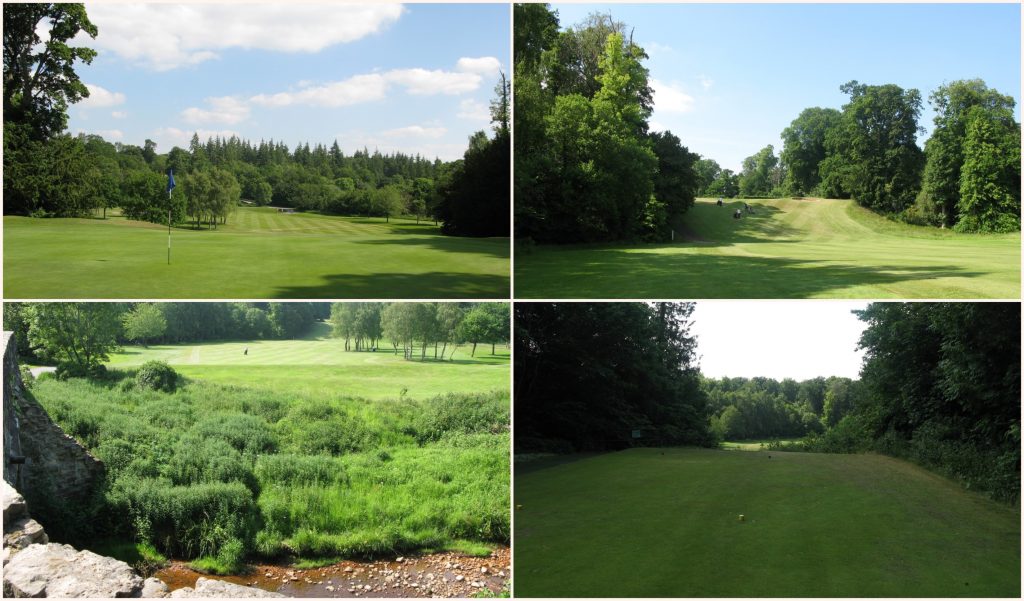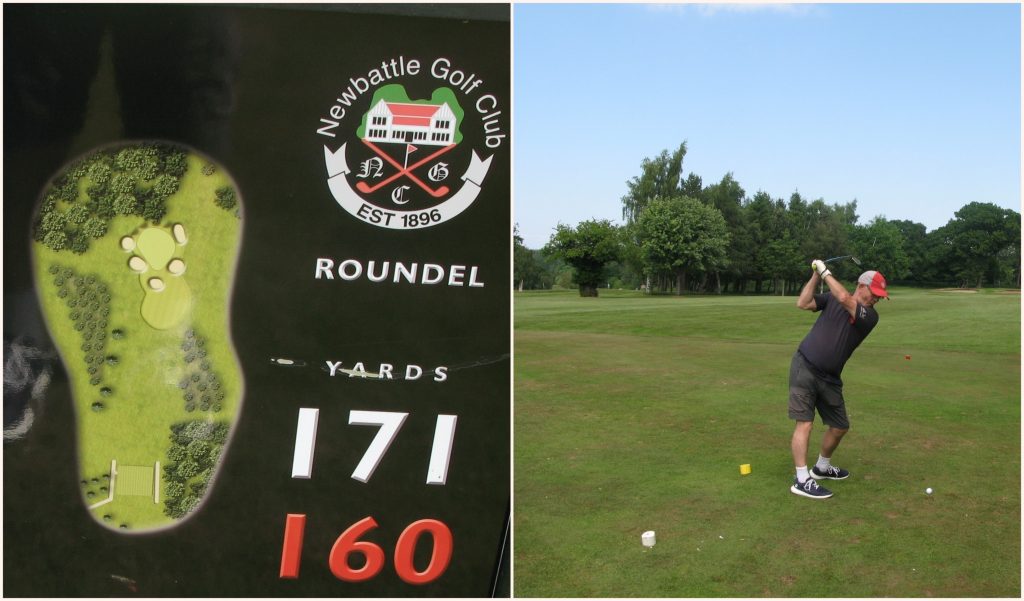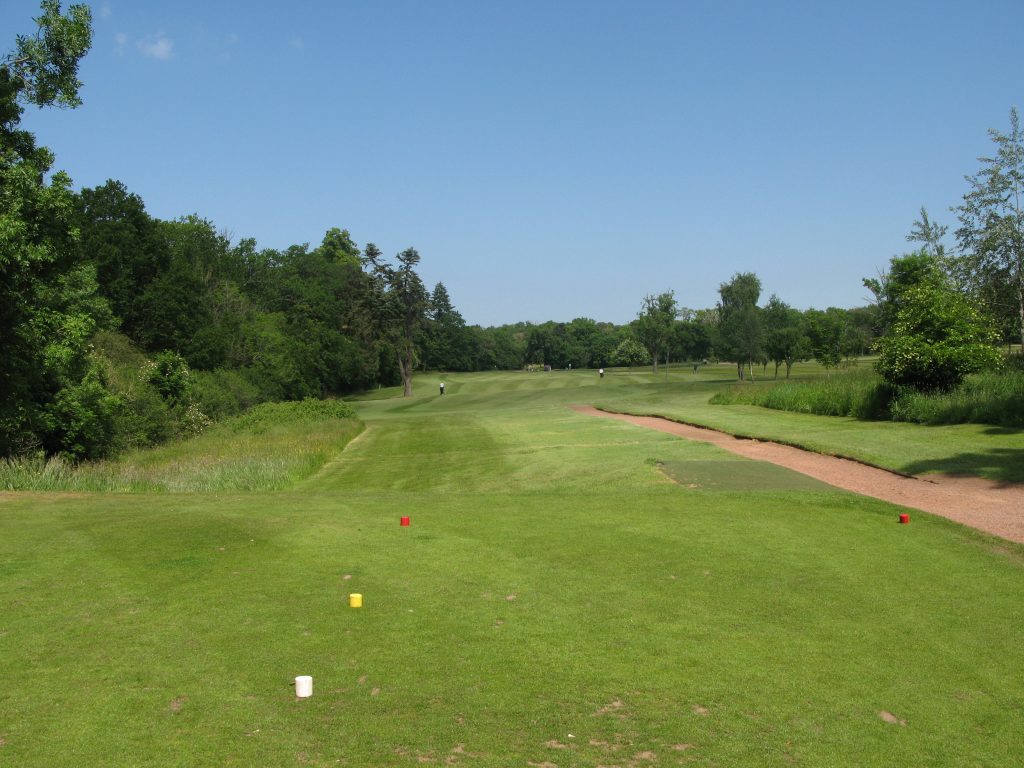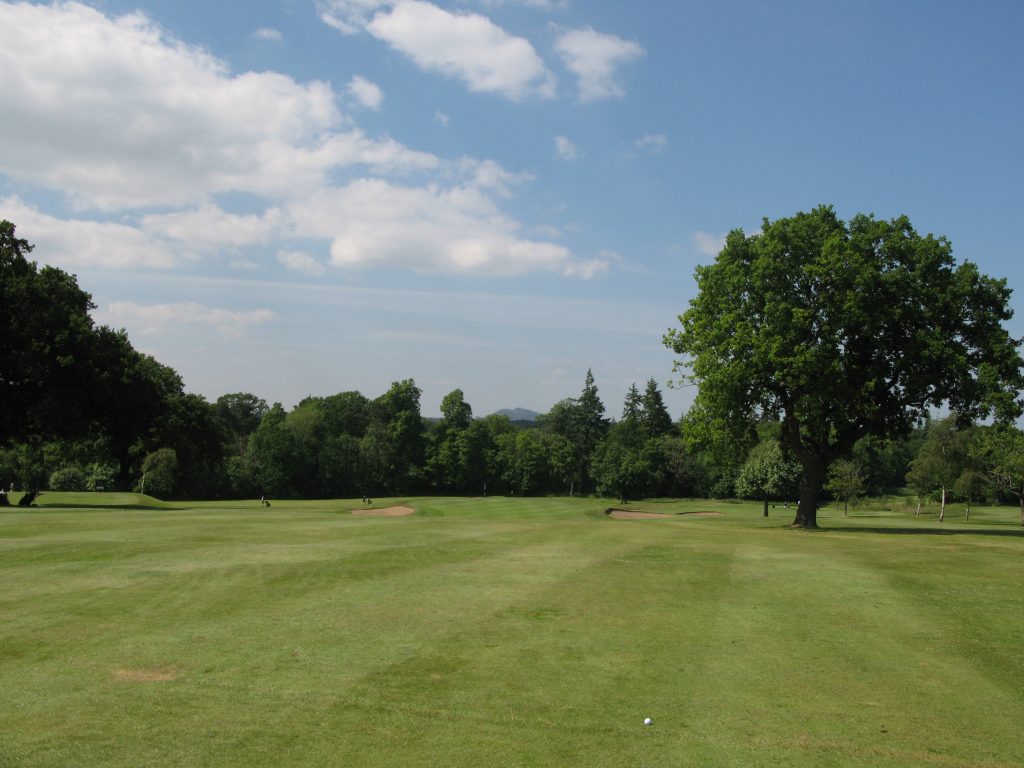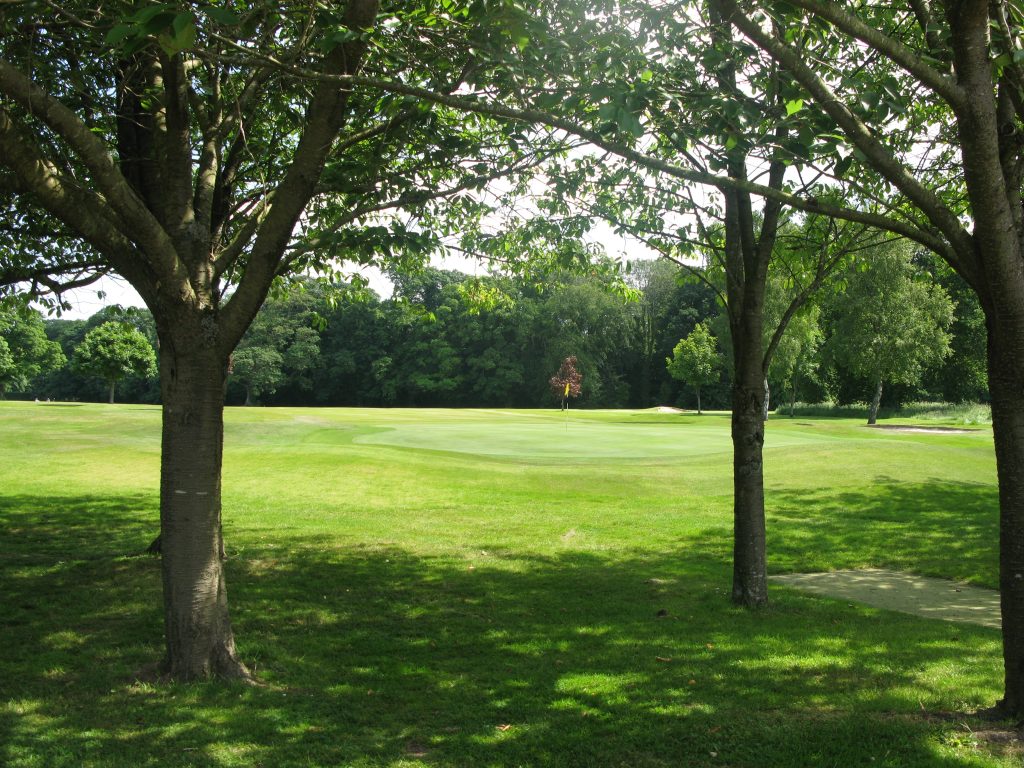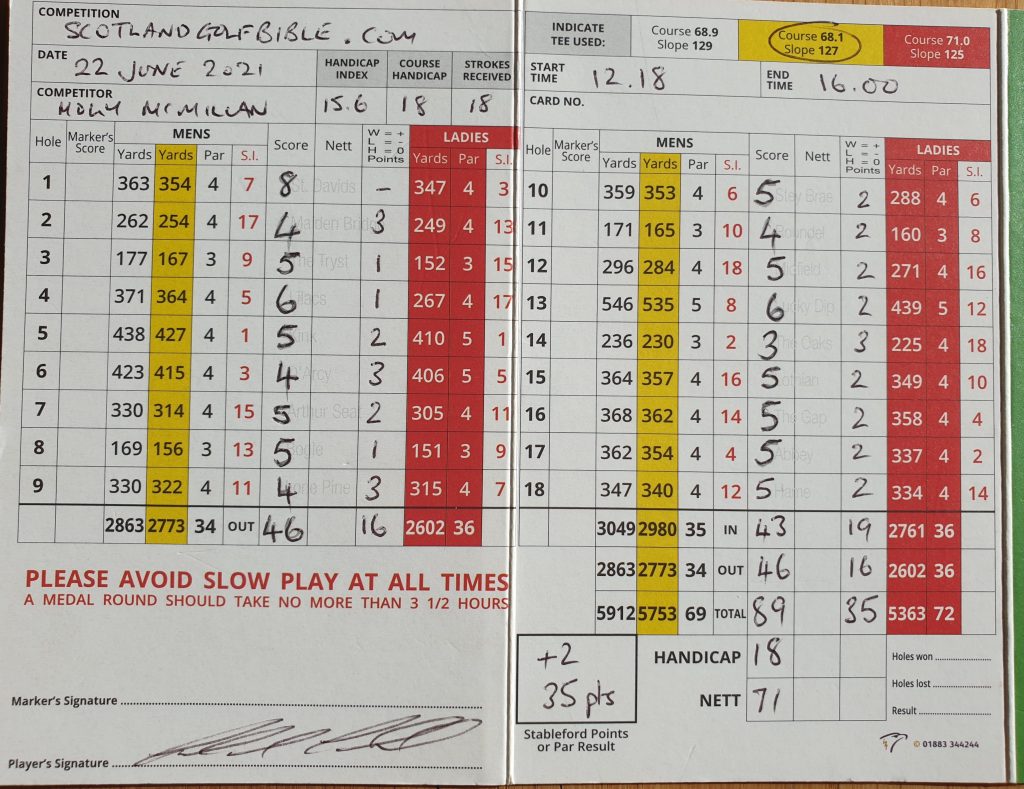Brilliantly priced golf course with divergence of views
Round £35. Par 69. Course Rating / Slope Rating (yellow) 68/113. Value (out of 5) – 4.5
When I played Kingsknowe, pronounced Kings-NOW, on a magnificent May day, with clear skies and beautiful views, I was struck by how much the surroundings of the golf course must have changed over the last 100 years, since its foundation in 1908. It has literally ‘lived’ amongst the great social changes of the 20th Century.
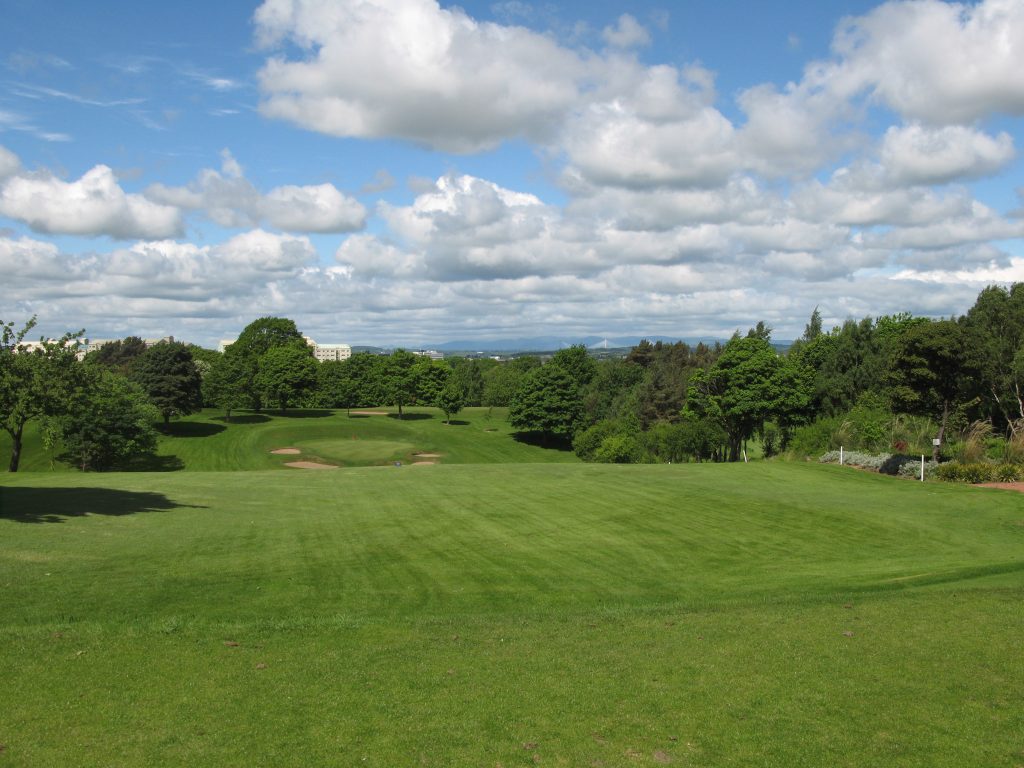
Sitting on the western side of Edinburgh, Kingsknowe is only 4 miles from Edinburgh Castle, obviously well within the city boundary. However, go back over 100 years, and the course would have been surrounded by countryside. At the time, the nearby Union Canal, was one of the main traffic routes near the course.
Initially laid out by the 1902 ‘Champion golfer of the year’ Alec Herd, the first major impact the club suffered was the loss, during WWI, of 27 of its members, commemorated by a plaque in the clubhouse and recorded on the Imperial War Museum website here. During the second world war, by which time James Braid had been commissioned to implement some architectural changes, some of his changes were turned to farming use to support the war effort.
The course opens with a tricky par three, very untypical of a Braid Course, which normally has a straight forward short par four to get things going. The course character is further reinforced with the dog leg right 2nd, then a long par five into the prevailing wind. Playing to handicap through the first three is a challenge.
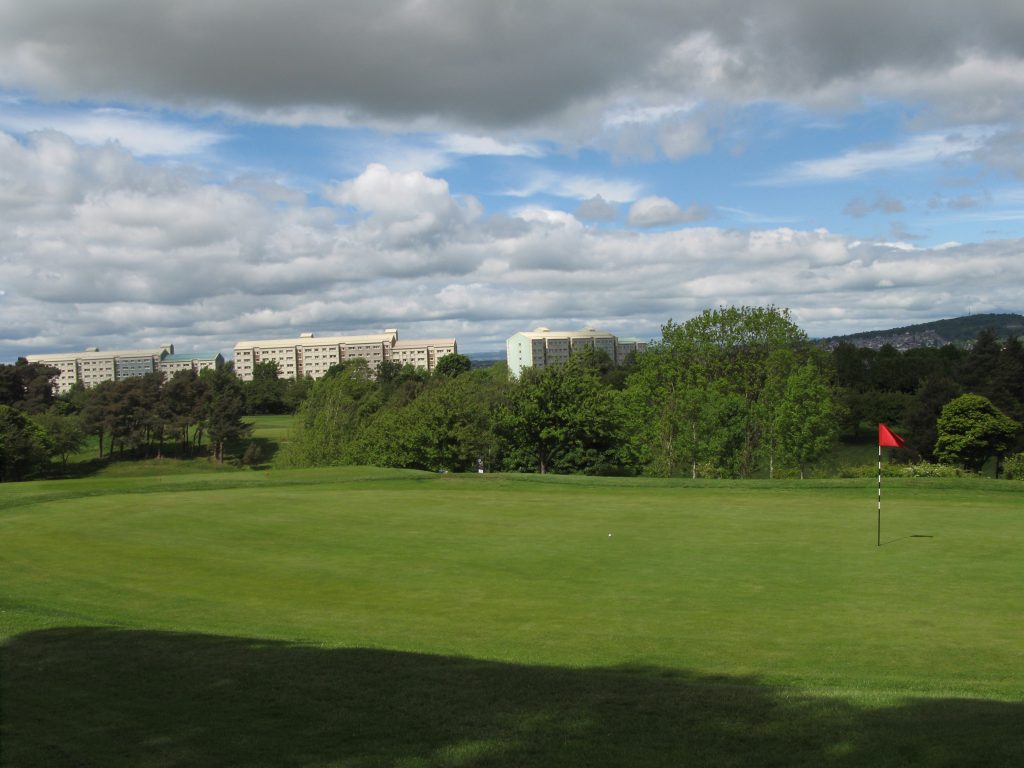
With several more undulating and dog legs, I was very surprised by the Slope Rating of only 113 (yellow), but I guessed this may be due to its relatively short length and the fact that there are no – yes zero – fairway bunkers. This bunker situation makes me question the validity of Braid’s involvement in the design, as he placed so much emphasis on this element of architecture. If anyone knows of his exact involvement, that would be interesting.
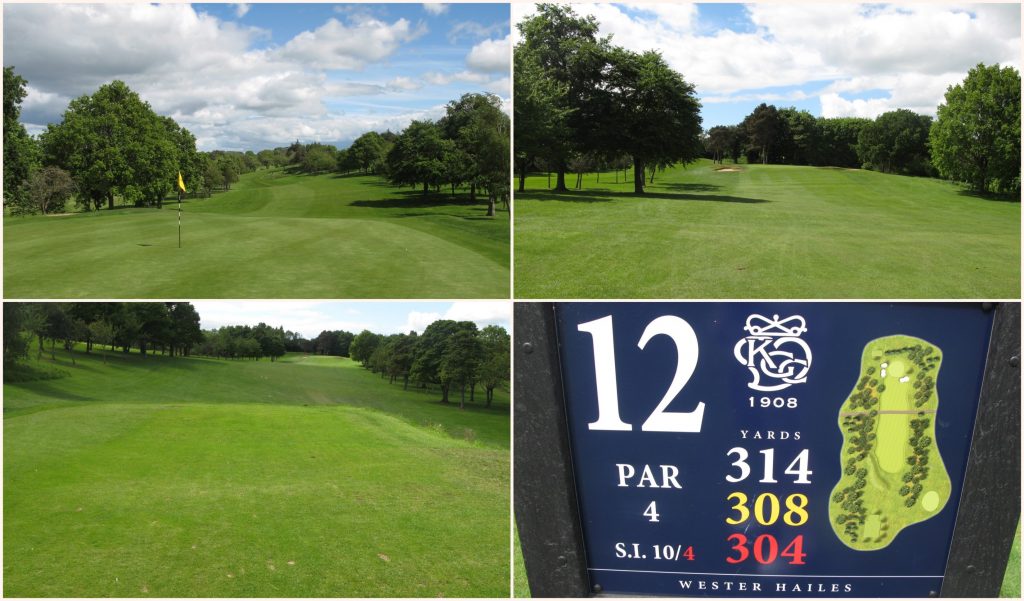
Another great social change, is highlighted at the 12th, “Wester Hailes”, a mid length par 4. Named after the revolutionary housing development immediately to the north of the course, the social housing is actually visible on a great number of the holes. The large and formidable wrought iron boundary fence, tells only a fraction of the story.
Following slum closures elsewhere in Edinburgh, in the 60s, Wester Hailes, a development of over 4000 homes was to be one of the most ambitious housing projects in Europe. It transpired within 20 years into a haven of crime in which parts of the development were referred to as “Vietnam”. The Edinburgh News writes about “How a field of Dreams turned into a Concrete Jungle“. The building of the housing required the culverting of the Union Canal.
Whilst the ‘polis’ were dealing with major crime one side of the golf course, just over the fairways sits Merchiston Castle, the last all male boarding school in Scotland. Such a contrasting start to life, so close to each other. I wonder what percentage of the membership is from Wester Hailes?
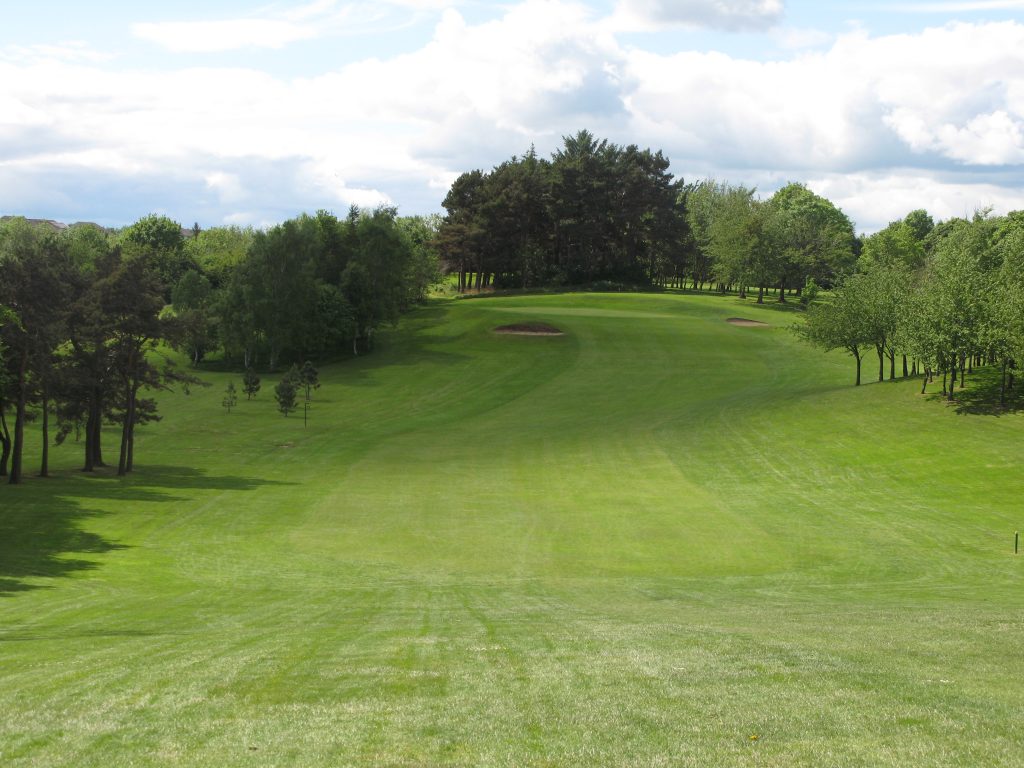
Back to the golf – tree lined, but not interfering too much, Kingsknowe, with its fine clubhouse, serves as a excellent society day. It’s is very well priced for visitors, I got a rate of only £22 through Golfnow, but the full summer fee of £35 still represents excellent value.
The course was in excellent condition, especially the teeing grounds. The greenside bunkers were great, highlighting the lack of fairway bunkers hadn’t diminished the green keeping skills.
In a very high wind, up to 30 mph, I shot 87, four over net. This included almost driving the short par 4 finishing hole, but ending in a small copse left of the green. I won’t describe the rest of my play in recording a 7, but still came back in 40 shots.
Well worth playing at this well manicured and highly enjoyable course, where the hole names are also worth taking note with their clues – “Wee Drap”!
Course Type: Parkland
Par 69 (1 par 5s, 13 par 4s, 4 par 3s)
Distance: 5728 (yellow)
Moly’s Gross score: 87
